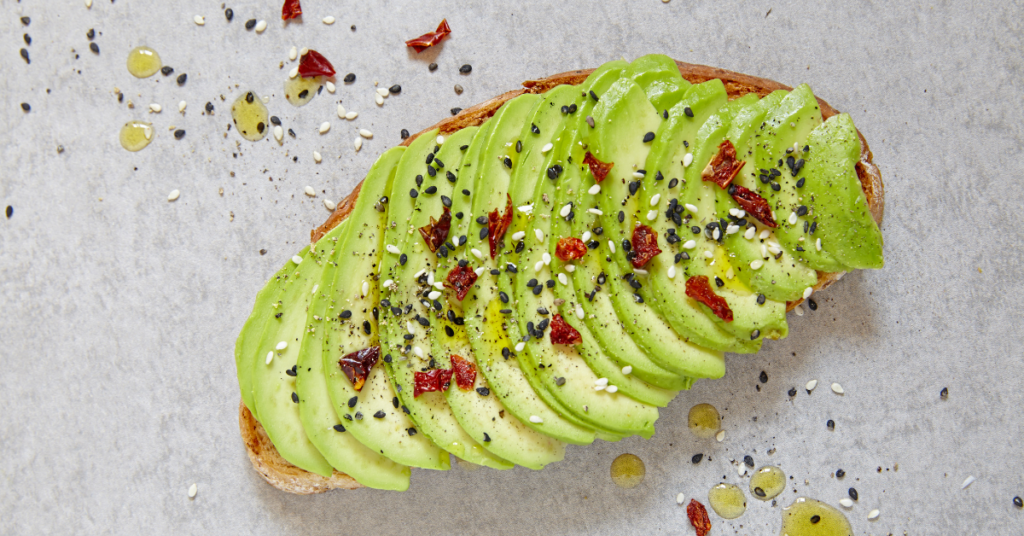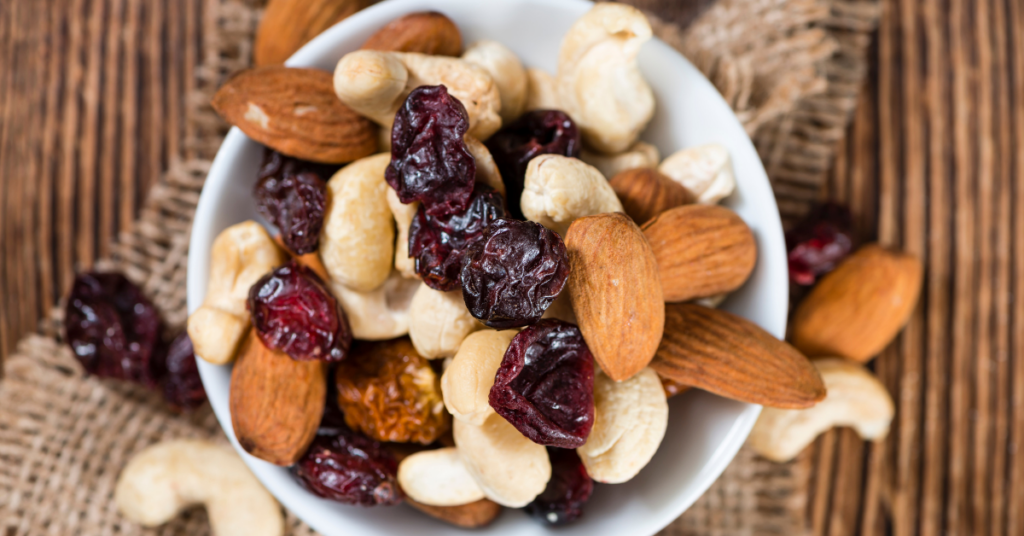Not All Protein Is Created Equal
Flip over a protein bar or shake and what do you see? “20g protein.”
That number feels reassuring, as if it tells the whole story.
But it doesn’t.
“Grams are a blunt instrument.”
They tell you how much protein is present, but not how closely that protein is actually useful to your body. And most of the time, it’s not. Protein quality matters.
Your body doesn’t just absorb protein and turn it directly into muscle. It has to break that protein down into amino acids, and then rebuild new tissue using those amino acids, but only if the right building blocks are there, in the right ratios, at the right time.
This is where most proteins fail. They may be high in quantity but low in quality, missing or imbalanced in the essential amino acids your body actually needs.
So we created a better way to measure protein quality:
Match Rate™, a smarter metric that tells you exactly how well a protein source aligns with what your muscles need to grow and recover.
But here’s the thing: your muscles don’t care how much protein you eat, they care what that protein is made of.That’s where Match Rate comes in.
What Is Match Rate™?
Match Rate™ is a metric we developed to measure how closely a protein’s amino acid profile matches the essential amino acid needs of human muscle.
It answers a simple but powerful question:
“Is this protein actually usable by my body for muscle growth and repair?”
In simpler terms: it measures how well a protein matches your body’s actual requirements for building muscle. The answer isn’t always yes…
“if the product is labeled “complete” it could be “imbalanced”.
In fact, many of the most popular proteins on the market are very poorly matched against to what your muscles actually require.
If a protein source is low in just one essential amino acid, your body’s ability to use the rest of the amino acids drops off a cliff and could even stop completely. That’s called a limiting amino acid effect, and it’s the #1 reason why high-protein diets don’t always lead to better performance, strength, or recovery.
Match Rate solves this by analyzing:
- The presence of all 9 essential amino acids (EAAs)
- Their relative proportions compared to human muscle composition
- How well the protein supports complete and efficient muscle protein synthesis
Match Rate is a new way of measuring protein quality, one that reflects how well a protein source matches the exact essential amino acid (EAA) profile your body needs to build and repair muscle. It’s a single number, expressed as a percentage, that tells you how “compatible” a protein is with human muscle tissue.
NutriMatch™ is the first plant protein system to be designed around this principle, using a proprietary formulation algorithm that blends plant proteins in exact proportions to achieve a 96.2% Match Rate to what your muscle uses and needs. That’s closer than any other plant, whey, or even meat protein, and it matters more than you think.
Why Grams Don’t Tell the Whole Story
Most protein powders, snacks, and supplements tout a simple stat: grams per serving. But this only tells you how much total protein is in the product, not how much of that protein is in the right form for your body to use effectively.
Let’s say you consume 25 grams of protein from a typical whey shake. Sounds impressive, right?
But that whey has a Match Rate of only 48.5%, so your body can only use about 12.1 grams of that shake for actual muscle-building. The rest? It’s excess, either metabolized for energy or converted to fat if unused.
With NutriMatch™ at 96.2%, nearly every gram is usable for muscle repair and growth.The difference isn’t theoretical, it’s biological efficiency.
So What Happens When You Eat Imbalanced Low Match-Rate Protein?
Let’s say you drink a protein shake with 25g of whey. If the Match Rate is 48.5%, then only about 12.1g is actually in the right ratios to be efficiently used for muscle building.
The rest?
Your body either:
- Oxidizes it for energy
- Converts it to glucose via gluconeogenesis
- Stores it as fat if unneeded
That’s a huge waste, and it explains why many people feel bloated, sluggish, or even worse, adding body fat despite “high protein” diets claims that it’s the cure all. It’s unfortunately because you need to do what’s best for you, but you never had the knowledge or tools before now.
How Muscle Building Actually Works
Your body is constantly under construction every single day. It isn’t just for those who work out. It’s for every age, every gender, every level of physical exertion. Your body needs ALL nine essential amino acids (EAAs) in the exact proportions to repair or build muscle. These are amino acids you can’t make on your own, they have to come from your diet. And here’s the kicker: if even one of them is missing or too low, your body can’t complete the muscle-building process.
Think of it like building a 2 story house. If you only brought in enough nails for the first floor, it doesn’t matter if you have all the windows for the entire house, construction is going to grind to a halt after that first floor is done. But unlike windows, amino acids can’t sit around endlessly waiting for the next batch of materials. They become metabolized or turned into fat if they aren’t used soon enough.
Most protein sources we consume are actually “complete proteins”. They have all 9 essential amino acids. But saying something is complete is very misleading. Most proteins are “complete” but are completely “imbalanced”. It is very low on one or more EAAs or has far too many of the others. That means your body has to either wait for another source to complete the puzzle, and it rarely comes in soon enough, so those excess amino acids are wasted, burning them for energy or storing them as fat.
To build or repair muscle, your body requires nine essential amino acids:
- Histidine
- Isoleucine
- Leucine
- Lysine
- Methionine
- Phenylalanine
- Threonine
- Tryptophan
- Valine
These amino acids must all be present in the right amounts and proportions for muscle protein synthesis to occur. If even one of these is missing or significantly underrepresented, the entire process slows, or stops. It’s called the limiting amino acid effect, and it’s well-documented in nutritional science for over 20 years
Imagine trying to build a bridge with lots of concrete and steel, but only enough bolts for the first 100 feet of bridge. You can’t finish the project and get to the other side. That’s how your body works with amino acids. One missing piece = stalled construction.
Why Most Protein Metrics Are Misleading
- Grams per serving says nothing about how usable that protein is.
- Bioavailability (like PDCAAS or DIAAS) tells you how much of the protein is digested, but not whether it’s what your muscles actually need.
- “Complete protein” is a binary label. It doesn’t tell you how complete or how close it is to ideal human muscle tissue.
Only Match Rate answers the question:
“Is this protein aligned with what my body actually uses to build muscle?”
So Why Doesn’t Everyone Talk About Match Rate?
Because it’s not the industry standard (yet). For decades, protein quality was measured by:
- PDCAAS: A digestibility score developed in the early 1990s
- DIAAS: A more modern alternative that looks at amino acid absorption in the small intestine
Both are helpful in understanding bioavailability, i.e., how much of the protein gets digested and enters your bloodstream. But neither tells you whether that protein is actually what your body needs to build new tissue.
They ask, “Did it get absorbed?”
Match Rate asks, “Will your body actually use it to build muscle?”
Let’s break it down:
| Metric | What It Measures | The Problem It Doesn’t Solve |
| Grams | Total quantity of protein | Doesn’t reflect quality or efficiency |
| Bioavailability (PDCAAS/DIAAS) | How well it’s digested and absorbed | Doesn’t measure what your muscles actually need |
| Completeness | Does it contain all 9 EAAs? | Ignores proportion, a protein can be “complete” but imbalanced |
| Match Rate™ | How closely it mimics human muscle needs | Captures both completeness and optimal proportions |
Whey is highly bioavailable, but poorly matched to human muscle needs (often over-concentrated in leucine and deficient in threonine). Chicken gets closer, but still falls short.
Only Match Rate looks at whether all nine essential amino acids are present in the right ratios for building muscle the way your body was designed to.
Why We Built the Match Rate Metric
Most protein companies optimize for marketing: grams, buzzwords, and trendy ingredients. We optimize for biology and what’s best for you.
We built NutriMatch™ because no one was solving the actual problem: creating a plant-based protein that works as well or better than animal-based proteins, not just in theory, but in real metabolic function.
That meant building an algorithm capable of analyzing billions and billions of amino acid ratios across different plant sources (actually 12.7 quadrillion possible combinations) and fine-tuning them to mirror the exact proportions that your muscle uses and needs, along with having enjoyable taste, texture, and mouthfeel.
The result? A blend that delivers maximum usability, minimal waste, and complete confidence that what you’re putting in your body actually works, along with tasting great and something that you would enjoy every single day.
NutriMatch™ is the first plant protein designed from the ground up to match the human amino acid blueprint. That’s how we get closer to optimal muscle protein synthesis, faster recovery, and better long-term health.
So What Does This Mean for You?
If you’re serious about living a healthy life, staying fit, losing weight, minimizing your caloric intake, performance, recovery, or long-term health, Match Rate isn’t just a nice-to-know stat, it’s a game-changer.
With NutriMatch™, you get:
- A protein that works as hard as you do
- A more efficient path to muscle maintenance or growth
- Less metabolic waste and post-protein bloat
- 100% plant-based, clean-label formulation
- A clear, measurable reason to switch, not just hope and hype
Protein Quality Changes Everything
We’ve been trained to count grams. But the real progress starts when we count what matters.
Match Rate™ isn’t just a number, It tells you how closely how closely your protein is aligned with your biology.
And when your nutrition matches what your body actually needs?
That’s when real results happen.
Protein Isn’t About More. It’s About Right.
We don’t blame people for falling for the “grams = gains” myth. It’s what the industry has taught for years. But with new science, and new tools like Match Rate, we now know better.
If you’re going to fuel your body, build muscle, or age well, quality matters more than ever.And when it comes to protein quality, Match Rate changes everything.
The Future of Protein Is Precision
We’re not guessing. We’re not copying other brands. We’re using science, actual human biology, to engineer protein smarter.
You don’t need more protein. You need better protein – matched to your body’s needs.And Match Rate is how you know you’ve found it.
Ready to Upgrade?
You don’t need more protein.
You need better protein.
Try NutriMatch™, and give your body the blueprint it’s been waiting for.



